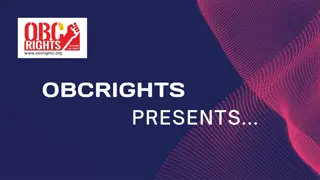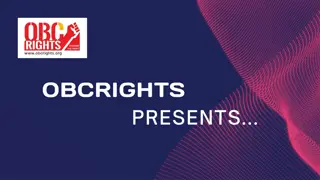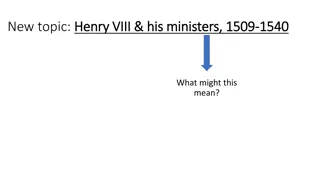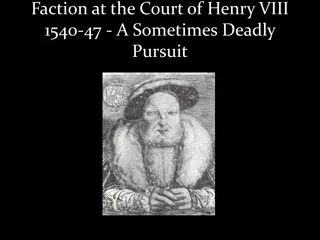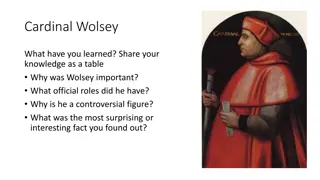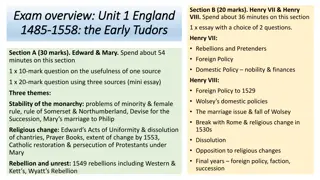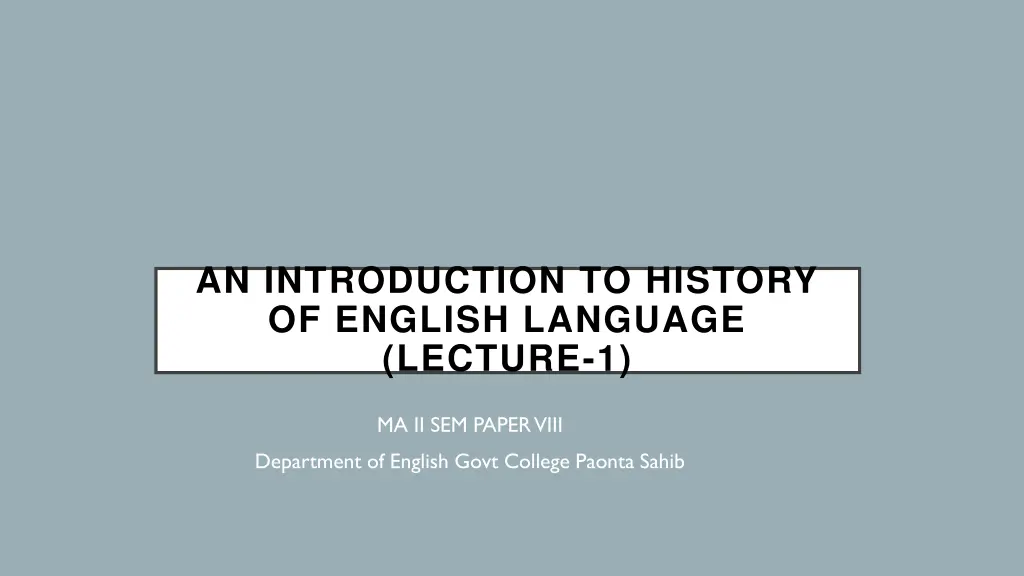
Introduction to History of English Language
Explore the roots of the English language from its origins in the Western Germanic branch to the influences of Latin, Vikings, and Normans. Learn about the migration of Germanic tribes, the resistance of the Celts, and the impact of various linguistic influences on Old English.
Uploaded on | 0 Views
Download Presentation

Please find below an Image/Link to download the presentation.
The content on the website is provided AS IS for your information and personal use only. It may not be sold, licensed, or shared on other websites without obtaining consent from the author. If you encounter any issues during the download, it is possible that the publisher has removed the file from their server.
You are allowed to download the files provided on this website for personal or commercial use, subject to the condition that they are used lawfully. All files are the property of their respective owners.
The content on the website is provided AS IS for your information and personal use only. It may not be sold, licensed, or shared on other websites without obtaining consent from the author.
E N D
Presentation Transcript
AN INTRODUCTION TO HISTORY OF ENGLISH LANGUAGE (LECTURE-1) MA II SEM PAPER VIII Department of English Govt College Paonta Sahib
English-language branch Among Indo-European languages, English has grown up in the Western Germanic branch. The most closely related tongues to English are (1) Frisian, (2) German, and then (3) Dutch.
Where did the English folk come from?Emerging anciently from Turkey, the Germanic tribes moved westward into northern Europe. The Romans left England in the 5th century the Anglo-Saxons invaded and beat back King Arthurs armed forces. Driven to the hills, the Celts became the Welsh, the Scots, and the Irish. Among the few Celtic loan words are iron, town, curse, cross, and crag. Aboriginal European loan words Land and sea Ship and sail Bride and groom House and folk Hand and leg Rise and leap Crippled and sick
How did the Celts resist the English?King Arthurs knights fought as light cavalry with sword and javelin, but the Welsh were lightly-armed foot soldiers. The Celts used surprise dawn attacks and defended the river fords. The Celts fought guerrilla style from fortified bases with small groups of horsemen against scattered Anglo- Saxon settlements.
How did Latin affect Old English?When Rome ruled England from 43 to 449 AD, Latin was the official language of law, trade, and learning. Townsmen spoke Latin and even the common farmers had to speak it in the marketplace. Latin loan words for warfare, cooking, and commerce entered Old English
How did the Vikings alter Old English?Many common words, including those that make up the following ditty, entered Old English from Old Norse during the 8th- century Viking invasions The big, clumsy, snorting fellows smiled and gave their ugly, scum-sniffing sister the dirty knife, nasty eggs, and lumpy flat bread they got from the odd tossed skin bags, though they will die name-calling, for they want but cannot take the skill to thrive.
How did the Normans impact English?In 1066, Duke Williams knights beat the British infantry, and the Normans became lords of the land. French was the official language of the court and government of England for more than two centuries. Basic English was overlaid with the Romance terms Law and order Lord and master Love and cherish Ways and means The 230 foot-long Bayeux tapestry depicts the 1066 AD Norman conquest of England, including the loss of the English King Harold.
11 How was Anglo-Norman social contact?During the Norman occupation, Lady Godiva of Coventry begged her husband to lower the high taxes he imposed on the suffering Saxons, until at last he granted her wish, if she would ride naked through the town. Having ordered all to stay inside with shut windows, Godiva rode the streets, robed but in her long hair. Then her husband kept his word, and abolished the onerous taxes.
How was Anglo-Norman society built?King William gave his 10,000 soldiers all but 5 of the land many English lords and soldiers left the country. Almost all nobles and sheriffs were Normans, but most married and employed Anglo-Saxons. In Englands Middle Ages, French was the official language, but the masses, including the mothers and the nannies, always spoke far more plain English than proper French.



